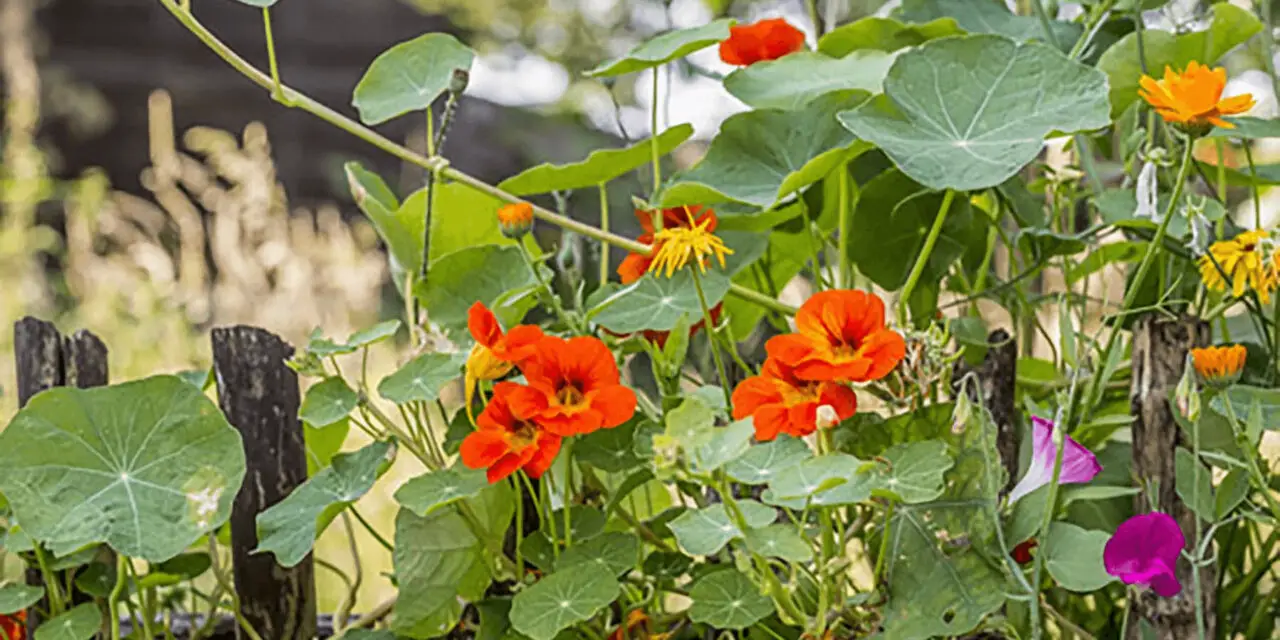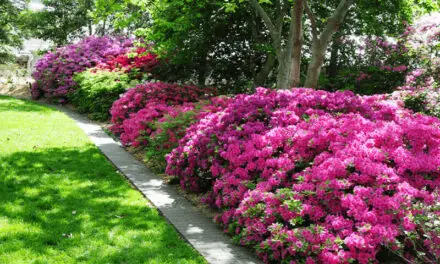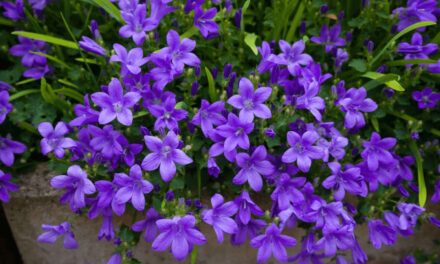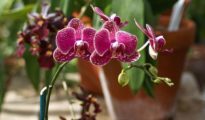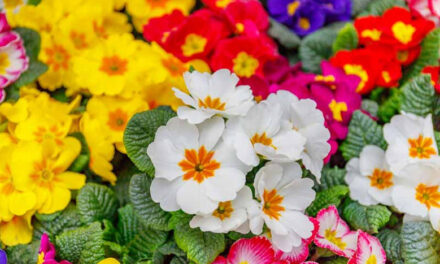Is there anything more satisfying than growing your own flowers or vegetables? What if you could combine the two? The idea of adding flowers to your plate might seem like a novelty, but edible flowers have graced culinary creations for centuries. From the royal banquets of medieval Europe to the delicate dishes of East Asia, flowers have been used not just for decoration but as integral components of recipes, contributing flavors, colors, and textures. In this blog post, we’ll explore the vibrant world of edible flowers. You’ll learn about different types of edible flowers, how to grow and harvest them, and innovative ways to incorporate them into your meals.
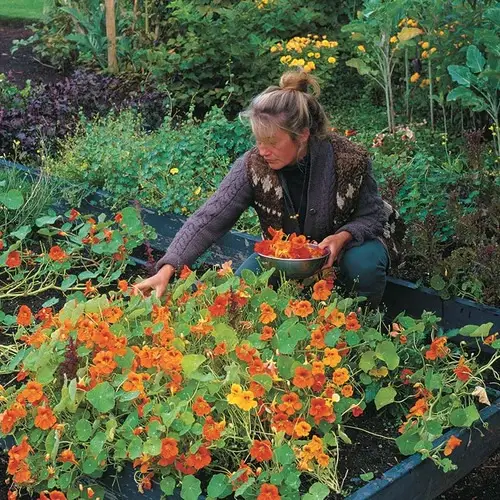
The Allure of Edible Flowers
Edible flowers offer a unique blend of aesthetics and functionality. They can transform a simple dish into an extraordinary culinary experience. The use of flowers in cooking is not just about visual appeal; many flowers bring distinct flavors ranging from sweet and floral to earthy and spicy. Moreover, flowers can be a source of nutrients, including vitamins A and C, and minerals like iron.
Common Edible Flowers and Their Flavors
Here are some popular edible flowers and the unique flavors they bring to the table:
- Nasturtiums: These flowers have a peppery taste similar to arugula or watercress. Their bright red, orange, and yellow blooms not only add a splash of color but also a spicy kick to salads and sandwiches.
- Calendula: Often referred to as “poor man’s saffron,” the petals of calendula have a tangy and slightly bitter flavor. They are perfect for adding a golden hue and a zest to soups, rice, and stews.
- Lavender: Known for its soothing aroma, lavender adds a sweet, floral flavor to desserts and drinks. It’s particularly good in cakes, cookies, and teas.
- Violas, Pansies, and Violets: These flowers have a sweet to mild grassy flavor, ideal for garnishing desserts, salads, and drinks. They are also superb in frozen desserts and cocktails.
- Borage: With a taste reminiscent of cucumber, borage flowers are excellent in salads, dips, and cocktails, particularly those that require a hint of freshness.
Growing Edible Flowers
Growing your own edible flowers is both rewarding and practical. Not only does it ensure a fresh supply right at your doorstep, but it also lets you control how they are grown, especially important for those who prefer organic produce. Here’s how to start:
- Choosing the Right Spot: Most edible flowers prefer full sun, although some will tolerate partial shade. A spot that receives at least six hours of sunlight daily is ideal.
- Soil and Planting: Good drainage is crucial to prevent root rot. Amend your soil with compost to improve its texture and fertility. Depending on the variety, you can start flowers from seeds directly sown into the soil or from young plants.
- Watering and Care: While specific watering needs depend on the species, most flowers require consistent moisture. Regular deadheading will encourage more blooms.
- Pest Management: Opt for organic pest control methods like neem oil or insecticidal soap to keep your edible flowers chemical-free.
Harvesting and Storing
To ensure the best flavor and nutritional value, timing your harvest is key:
- Best Time to Pick: Harvest flowers in the morning after the dew has evaporated but before the sun is too hot. This helps retain their vibrant colors and maximum flavor.
- Handling: Handle flowers gently to avoid bruising. Use them as soon as possible after picking for the best taste and aesthetic.
- Storage: If you must store them, place them gently in a moist paper towel inside a sealed container in the refrigerator. They generally last a few days.
Culinary Uses of Edible Flowers
Edible flowers can be incorporated into a variety of dishes:
- Salads: Toss whole petals or small flowers into green or fruit salads for a burst of color and flavor.
- Desserts: Infuse creams or syrups with flower flavors. Decorate cakes and pastries with whole or crystallized petals.
- Drinks: Freeze small flowers in ice cubes for a stunning addition to cocktails or iced teas. Steep flowers like chamomile or lavender to make soothing herbal teas.
- Main Dishes: Use flowers as part of herb marinades for meats or sprinkle them over pizzas and pastas for an extra flavor dimension.
Incorporating edible flowers into your diet is a delightful way to enhance the beauty and taste of your meals. Whether you’re garnishing a salad, decorating a cake, or infusing flavor into beverages, edible flowers offer a unique culinary experience. By growing and harvesting your own, you ensure a supply of fresh, organic flowers to elevate your cooking to the next level. So, why not add some color and flavor to your plate with edible flowers?
Historical Context of Edible Flowers
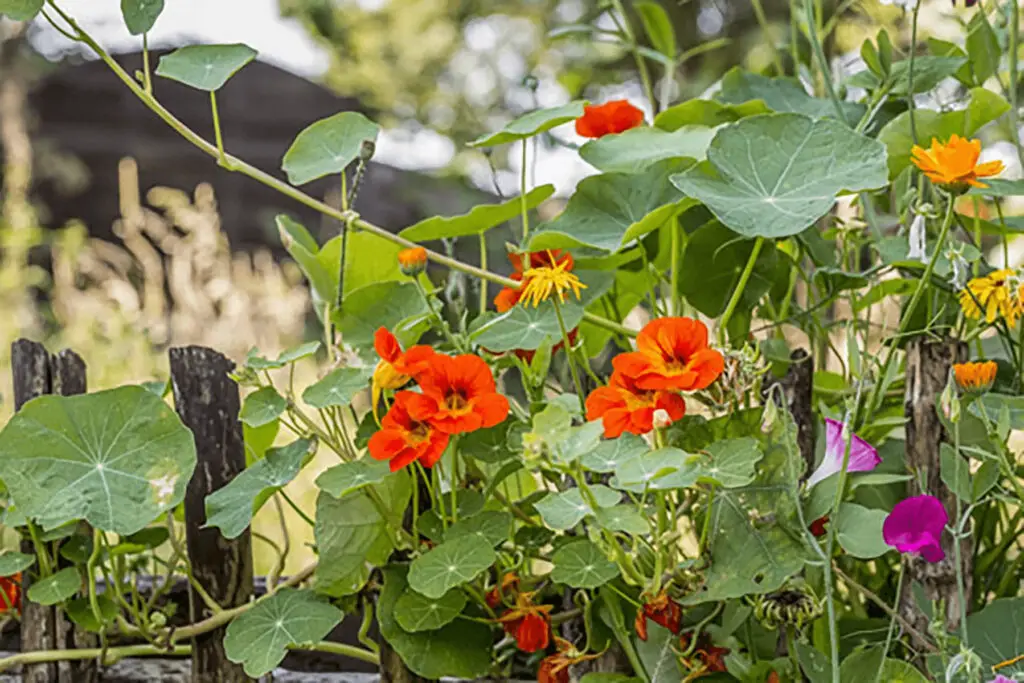
The tradition of using edible flowers spans many cultures and eras. In ancient Rome, flowers were a common ingredient in dishes, used for both their medicinal properties and flavor. During the Victorian era in England, edible flowers were part of the ornate presentations at garden parties, symbolizing elegance and natural beauty. In modern culinary practices, chefs use edible flowers to add uniqueness to haute cuisine. Understanding this historical context not only adds depth to their culinary use but also inspires modern cooks to explore these traditions in innovative ways.
Advanced Tips for Growing Edible Flowers
For those looking to delve deeper into horticulture, consider the following advanced gardening tips:
- Companion Planting: Some flowers, such as marigolds, help deter pests naturally when planted next to vegetables. This practice not only protects your garden but also encourages biodiversity.
- Succession Planting: To ensure a continuous harvest, stagger your planting every few weeks. This technique keeps your garden vibrant and productive throughout the growing season.
- Microclimates: Pay attention to microclimates in your garden as some areas may be more suited for certain flowers due to variations in moisture, light, and wind.
Ethical and Safe Practices
When incorporating edible flowers into your cooking, it’s crucial to follow safe practices:
- Edible vs. Non-Edible: Ensure the flowers you plan to eat are indeed edible. Some flowers can be toxic. Always refer to a reliable source before consuming any new flower.
- Avoid Chemicals: Only use flowers that have been grown without chemical pesticides or herbicides, especially if you do not grow them yourself. This is crucial for avoiding health risks associated with consuming contaminated blooms.
Creative Culinary Ideas
To spark creativity in the kitchen, try these inventive ideas:
- Flower-Infused Sugars and Salts: Pulverize dried petals with sugar or salt to create flavored seasonings that add a unique twist to your culinary creations.
- Flower Butters and Cheeses: Blend softened butter or fresh cheeses with minced petals for a colorful spread that’s perfect for bread, crackers, or steaks.
- Savory Flower Sauces: Puree flowers like rose or hibiscus with fruits or spices to create distinctive sauces that complement meat or dessert dishes.
The Future of Edible Flowers
As the culinary world becomes increasingly global and experimental, the role of edible flowers is set to grow. Modern diners are looking for new experiences and flavors, and edible flowers offer a sustainable, visually appealing way to meet this demand. They not only reconnect us with nature but also encourage us to think creatively about our food sources and how we present our meals. With the resurgence of interest in both gardening and creative cooking, edible flowers are perfectly poised to become a staple of innovative cuisine.
This expanded content should provide a more thorough and engaging exploration of the topic, appealing to both gardening enthusiasts and culinary adventurers alike.
By exploring the fascinating world of edible flowers, you can transform ordinary dishes into visually stunning and delicious culinary creations. Start simple with readily available flowers like nasturtiums or pansies, and as you gain confidence, experiment with more exotic varieties. Happy gardening and cooking!

